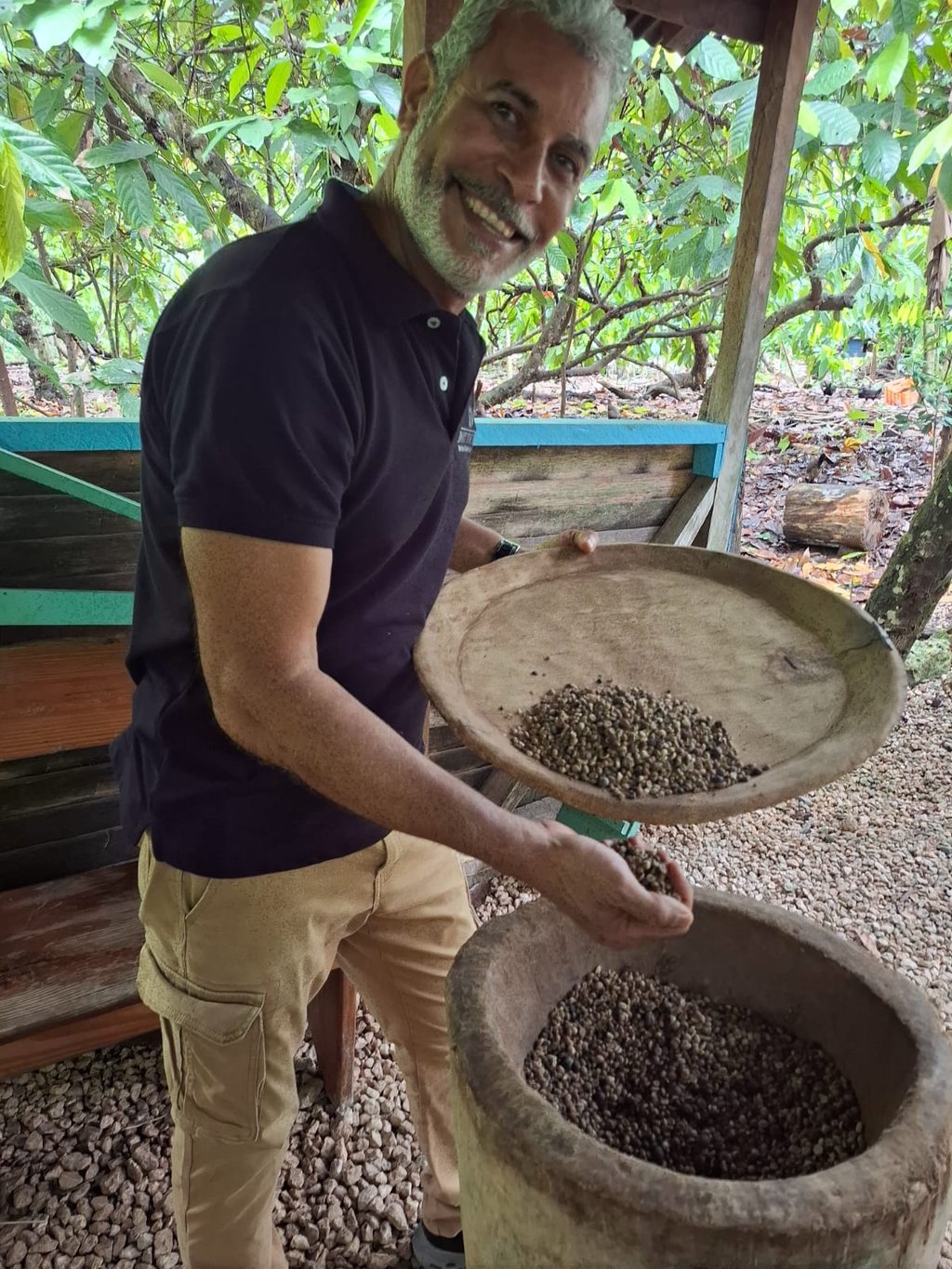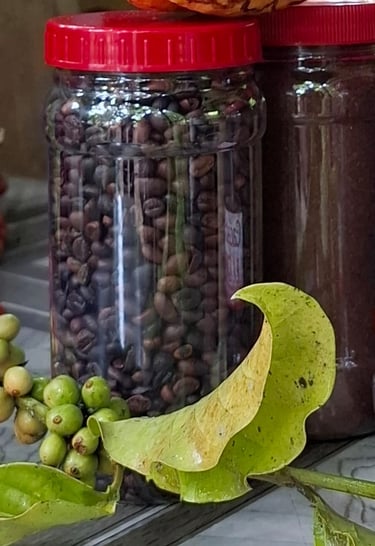Dominican Coffee: A Rich Tradition Brewed in the Heart of the Caribbean
Discover the rich flavor and traditions of Dominican coffee. Learn its origins, brewing methods, and taste it yourself with a private countryside experience with Do It Tours.
11/19/20254 min read


Dominican coffee is one of the hidden treasures of the Caribbean. Known for its bold flavor, chocolatey aroma, and smooth finish, it reflects the island’s deep agricultural roots and warm cultural traditions. Whether you’re exploring the countryside or sipping a cafecito in the city, Dominican coffee offers a unique experience that blends history, flavor, and passion.
In this guide, you’ll learn about the best coffee regions, traditional brewing methods, flavor profiles, and how to enjoy Dominican coffee like a local.

Where Dominican Coffee Comes From
Coffee production in the Dominican Republic thrives in several mountainous regions where altitude, shade, and rich volcanic soil work together to create exceptional beans. Areas like Cibao, Barahona, Bonao (including Anamuyita), and Jarabacoa are especially renowned for producing high-quality Arabica varieties. Most plantations rely on natural shade from native trees, which protects the soil, enriches biodiversity, and allows beans to develop a deep, complex flavor. Each region has its own personality—Cibao is known for its balanced sweetness, Barahona for its smooth, full body, and Jarabacoa for its clean, aromatic notes—making Dominican coffee both diverse and consistently excellent.


Flavor Profile: What Makes Dominican Coffee Unique
What truly sets Dominican coffee apart is its rich yet balanced flavor profile. Many cups carry warm undertones of chocolate and toasted nuts, with occasional hints of berries or earthiness depending on the region. The preferred roast throughout the country is undoubtedly the dark roast, which intensifies the aroma, deepens the flavor, and reduces acidity, resulting in a comforting, bold cup. This strong, flavorful profile reflects the Dominican identity—warm, robust, and inviting.
City vs. Countryside: Two Distinct Brewing Traditions
Dominican coffee culture changes depending on where you are on the island. In the cities, the greca, or stovetop espresso maker, is the most common brewing method. It produces a concentrated, bold cafecito that locals often enjoy throughout the day, especially after meals or during conversations.
In the countryside, however, coffee preparation is slower and more traditional. Many families still use a colador, a cloth-filter “sock” suspended over a container. Hot water is poured by hand, allowing the coffee to drip slowly and develop a smooth, rustic flavor reminiscent of a French press. In more rural areas, there is also the charming practice of “cowboy coffee,” where the grounds are boiled directly in a pot and left to settle before serving. These methods create a cup that feels deeply connected to the land—simple, strong, and soulful.
A Local Ritual: The Nutmeg and Sugar Tradition
One of the most delightful—and lesser-known—coffee customs in the Dominican countryside is the addition of grated nutmeg and a spoon of sugar inside the empty cup before pouring the coffee. This small ritual adds an aromatic, lightly spiced dimension to the drink, enriching the flavor and creating a uniquely Dominican twist. The result is a cup that is warm, sweet, and fragrant, embodying the island’s love for homegrown spices and comforting flavors.
How to Enjoy an Authentic Dominican Coffee Experience
The best way to understand Dominican coffee is to experience it where it’s grown. Visiting small, family-owned farms in regions such as Bonao, Jarabacoa, or Barahona offers an intimate look at the entire process—from cultivation and hand-picking to sun-drying and roasting. Many farms end the tour with a freshly brewed cup prepared in the traditional style, giving you a true taste of the countryside.
For the most authentic flavor, locals recommend choosing a dark roast and taking the time to enjoy your coffee slowly. Dominican coffee is not a drink to rush; it's a moment of connection. Whether you’re sipping it while overlooking green mountain valleys or sharing it with friends, the experience is as important as the flavor itself.
How to Choose the Best Dominican Coffee
For travelers or coffee lovers wanting to bring Dominican coffee home, it’s best to look for single-origin beans from regions like Barahona or Cibao. Freshness matters, so opt for recently roasted beans and grind them just before brewing to preserve their natural oils and aroma. Organic and shade-grown options are especially recommended, not only for their quality but also because they represent the traditional, eco-conscious farming methods that many Dominican families still uphold.
Why Dominican Coffee Is Truly Special
Dominican coffee represents more than just agriculture—it is part of the nation’s soul. Each cup tells a story of mountain soil, family traditions, and generations of craftsmanship. Whether brewed in a greca in a city apartment, filtered through a colador in the countryside, or boiled over an open flame, Dominican coffee is a heartfelt expression of culture and community. Its rich flavor, sustainable roots, and deep heritage make it one of the Caribbean’s most extraordinary beverages.


Reading about Dominican coffee is one thing, but standing on a farm, smelling the fresh roast, and drinking it the way locals make it is something completely different. It’s a calm, hands-on experience that helps you understand the culture behind every cup. If you want more than just a quick sip at a café, this is the most authentic way to connect with the country.
You can explore it firsthand with a private coffee experience from Do It Tours. It’s easy to book, the groups are small, and spaces fill fast. Reserve your spot now and enjoy Dominican coffee directly at the source—fresh, simple, and unforgettable.
